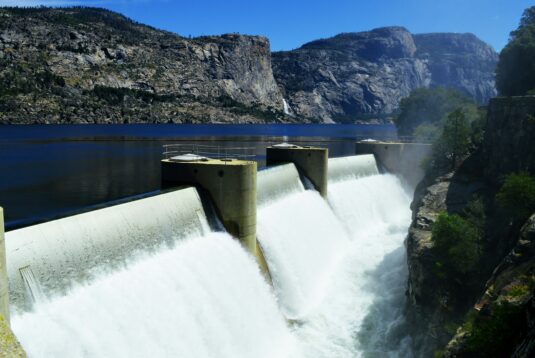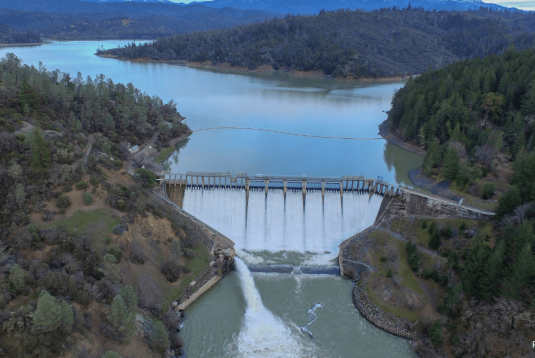
A functioning regional economy requires a secure water supply. California’s climate is famously volatile. While the state has averaged about 21 inches of precipitation per year since 1896, any given year can swing wildly from the mean, resulting in incidences of both devastating floods and remorseless drought.




